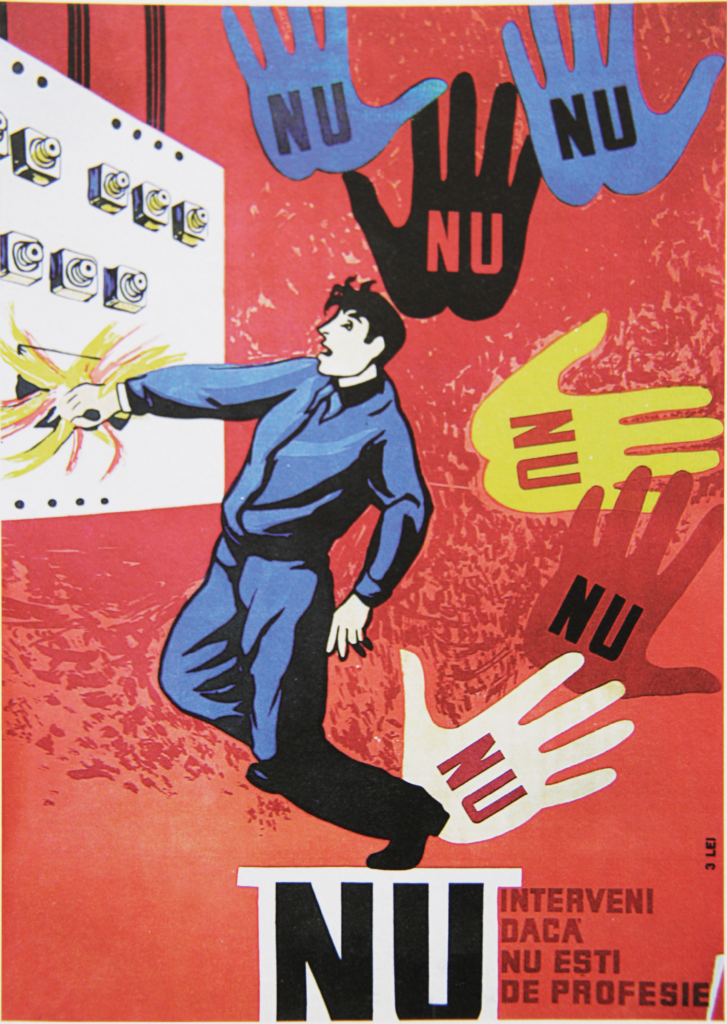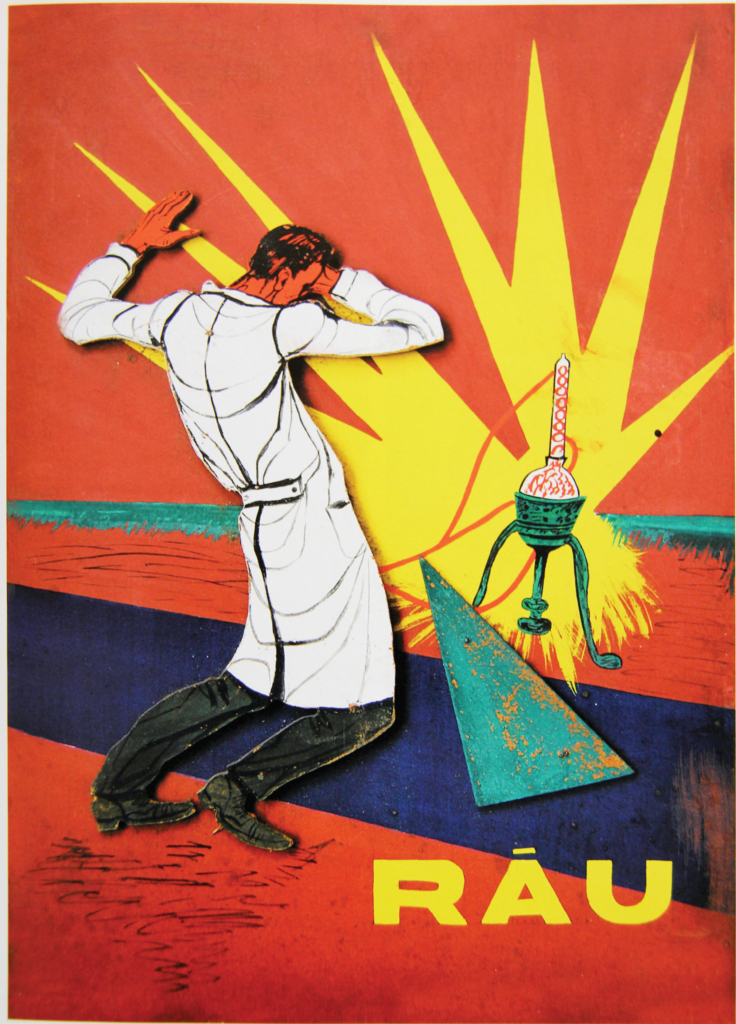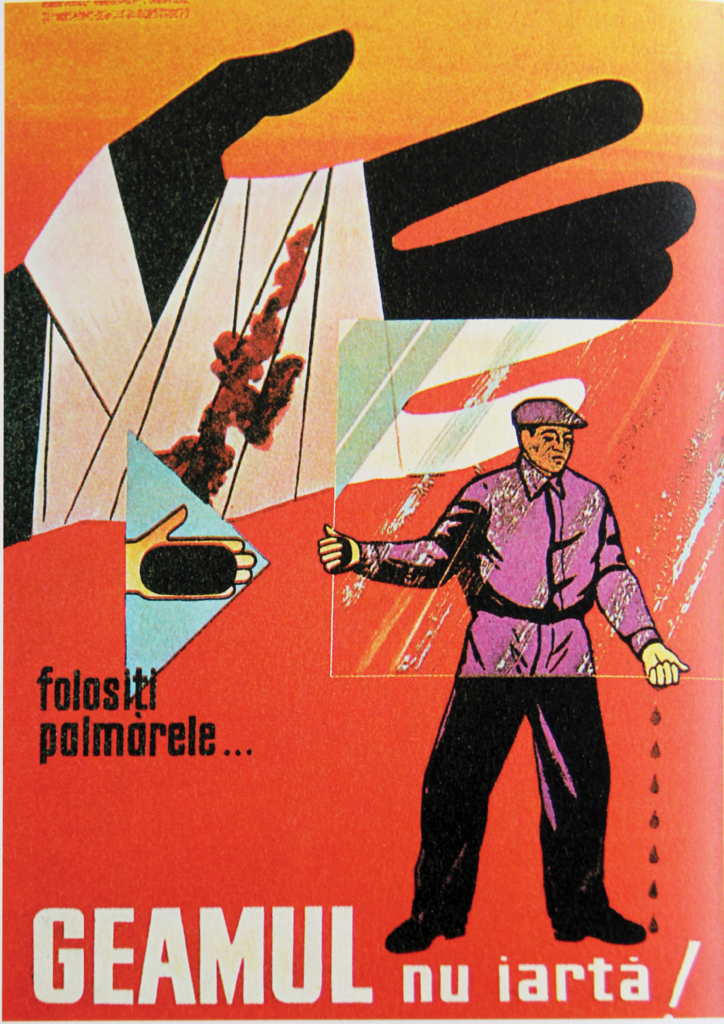
Livingmachine – Jen Liu Curated by Jenny Wu
Jen Liu is a New York-based visual artist working in video, painting, dance performance, and biomaterial, on diasporic Asian identities, postcolonial economies, speculative feminism, and the re-motivating of archival artifacts. She is a recipient of the Creative Capital Grant, the LACMA Art + Technology Lab grant, the Guggenheim Fellowship in Film/Video, the \Art Award from Cornel Tech, the NYSCA/NYFA Fellowship in Digital/Electronic Art, the Pollock-Krasner Award, and is a 2022 recipient of the Hewlett 50 Arts Commission. She has presented work at MoMA, The Whitney Museum, and The New Museum, New York; Royal Academy and ICA in London; Kunsthaus Zurich; Kunsthalle Wien; the Aspen Museum of Art; Henry Art Gallery, Seattle; MUSAC, Leon; the Times Museum Guangzhou, Today Art Museum Beijing, and Shanghai Biennale, China; and the Singapore Biennial. jenliu.info
Jenny Wu is a writer with work in Artforum, Art in America, BOMB, New York Times Magazine, and The Washington Post. Her curatorial projects have included Test Flights at Lower East Side Printshop, New York, and Texts and Soundings: The Image Talks Back at the NARS Foundation in Brooklyn. She is currently serving as a 2021-23 Tulsa Artist Fellow to complete her first book-length work of fiction. safflowerlady.com
In the early 1920s, the Swiss-French architect Le Corbusier coined the term Wohnmaschine to describe a house – “a living machine.” The title of this online exhibition borrows, with critical hindsight, the concept of human activity inside a totalizing chamber – of ideology, of economy, of geopolitics – to frame the work of Taiwanese-American visual artist Jen Liu (b. 1976). Three video works by Liu made since 2013 form an extended allegory of the past decade – particularly of the powers that have atomized and mechanized human labor and desires – showing both an evolution of an artistic lexicon and a stark picture of structural failures yet to be overcome. Through lush sequences of détournements, disidentifications, and uncanny temporal echoes, Liu excavates and refigures violent, overlooked episodes from history to call out resource and labor problems of the present.
Many of Liu’s videos function as speculative proposals, using, in place of narrative and direct language, colors, textures, geometries, movement, and costuming to spark curiosity and dialogue. Safety First (Bad, Don’t Touch, Mercy!) (2013) is a faux safety didactic for factory workers filmed in Ohio, a Rust Belt state, amid nationwide conversations surrounding re-industrialization. Liu implores viewers to not only imagine a future where manufacturing is brought back to America but also consider forgotten safety protocols and thereby look at the real physical and psychic stakes of industrial production, absent in today’s fantasy-tinged evocations. Liu, in turn, implores viewers to not only imagine a future where manufacturing is brought back to America but also actively consider previously neglected safety protocols and working conditions. Liu’s Pink Detachment (2015-6) draws on a Maoist propaganda ballet to juxtapose 20th-century atrocities – specifically the Chinese Cultural Revolution (1966-76), during which human bodies were viewed as raw material for revolution, leading to millions of deaths – with equally insidious neoliberal economic policies and values, to ask whether we, as consumers of both metaphorical and literal flesh, can hope to lead ethical lives. Pink Slime Caesar Shift (2018) deals with two distinct resource problems with potentially linked solutions: China’s ongoing meat shortages and its censorship of labor activists. In her modest proposal, Liu also illuminates the invisibilized industrial hazards of China’s Special Economic Zones and the discrimination against migrant workers in these zones of supposed prosperity.
At times viscerally unsettling and conceptually mind-boggling, Liu’s video works remix historical archives and glitch the biological circuit, treating satire and utopian thinking as two sides of the same coin. The exhibition Livingmachine aims to give a brief, three-chapter survey of the artist’s research-driven and socially engaged practice and to accelerate viewers into an already-off-kilter reality, where the best way out is through.
– Jenny Wu, Curator
Chapter 1 SAFETY FIRST (BAD, DON’T TOUCH, MERCY!)
SAFETY FIRST (BAD, DON’T TOUCH, MERCY!), 2013
HD Video
Running Time: 15:20
In split-screen. a factory laborer is at work, one representing good, the other, bad. Safety conditions are violated by the bad worker – and then dream sequences bring to life nightmarish Romanian factory safety posters from the 1970s.
Shot in various locations in Northeast Ohio, including the Frank Lloyd Wright Penfield House. This is a major Rust Belt region, whose history was defined by Fordist production, its past-future mapped onto its imagined perpetuity – and its present-future framed by its hoped-for return.
If present and future campaigns to bring large-scale industrial production back to America are successful, media must address forgotten safety concerns. This is where SAFETY FIRST begins, as a piece of speculative safety media for that industrial future, that actively re-invigorates the archival matter of Romanian posters.
How far in the future will re-industrialism be, who will be its agents and its subjects – and what will be their culture, language, and perspective? To ensure applicability, geometry, gestures, and sound effects are used instead of language – this is the only hope of legibility for 1,000 years from now, 1,000,000 years from now – or never.
And at the end, an escape into nature provides a respite from the drudgery: a worker’s vacation that lives up to the fantasy of utopian industrialism.
Curator’s note: Below is a selection of industrial safety posters from which the artist gleaned imagery for the work.



Archival Romanian factory safety poster, date unknown
Chapter 2 THE PINK DETACHMENT
THE PINK DETACHMENT, 2015-2016
Single-channel HD video
Running Time: 19:40
The Pink Detachment is a reinterpretation of The Red Detachment of Women (1970), a Model Opera ballet from China’s Cultural Revolution. In the original, a peasant girl joins an all-female military detachment, takes revenge on her despotic landlord, and produces Revolution. This ballet and its many variations was a ubiquitous propaganda piece in its day.
Can such a fraught archival document be re-motivated, beyond kitsch?
This piece proposes that re-motivation is possible, but only through major revision. First, the peasant girl is replaced with an accident-prone, inefficient meat worker. Second, the wise martial leader is replaced with a ballerina-manager that provides the solutions to the worker’s problems. She provides new tools – for meat and bone grinding – while resolving the inequities of wealth and resource distribution through the factory-produced hot dog. Military overthrow (Red) has been replaced by manufactured equivalence (Pink).
Within this revised framework, portions of the original music and choreography have been preserved. It has been re-engineered to fabricate continuity between the brutal past and the resource problems of the present.
Parallel positions emerge from the color equation, Red + White = Pink. The first position is the old term “pinko” – a Communist (Red) who has assimilated Capitalist bourgeois models (White), to create a “watered-down” compromise (Pink). The second position is a speculative solution to China’s crises in meat supply, by valorizing the integration of “undesirable” pig parts with the “desirable” portions in the hot dog. And the third position proposes the pink of femininity not as a “natural” fleshy softness, but rather as a synthetic, potentially violent, hybridity.
CREDITS
Direction, Props, and Sound
Jen Liu
Director of Photography
Maria Rusche
Second Camera
Sam Richardson
Production Assistant
Hoi Cheng
Accident-Prone Worker
Katharine Liu
Manager Ballerina
Mayu Oguri
Company Dancers
Eli Condon
Jasmine Hong
Nathalie Encarnacion
Maura Harris
Sorcha Fatooh
Voiceover
Corey Tazmania
Isabelle Zufferey Boulton
VOICEOVER TEXTS (IN ORDER OF APPEARANCE)
Cixin Liu, The Three-Body Problem, 2014.
David John Farmer, “In the Pink!” Administrative Theory and Praxis, Vol. 25, No. 3 (September 2003).
United States Department of Agriculture (USDA) Food Safety and Inspection Service, Code of Federal Regulations: Title 9, Volume 2, Part 319 – Definitions and Standards of Identity of Composition, 2012.
Lewis Mumford, The Myth of the Machine, Volume II: The Pentagon of Power, 1970.
Isabelle Zufferey Boulton Imagines A World Full of Pink: edited narrative improvisation, 2015
Curator’s note: Pink Detachment draws its music, choreography, and imagery from two distinct sources, The Red Detachment of Women (1964), a ballet about a peasant-girl-turned-revolutionary that permeated Maoist China’s cultural landscape, and F. R. Furtney’s This Is Hormel (1965), which gives viewers an inside look at a meat packaging plant owned by Hormel, the corporation responsible for Spam.
Chapter 3 PINK SLIME CAESAR SHIFT
PINK SLIME CAESAR SHIFT, 2018
Single-channel 4K video
Running Time: 24:20c
Pink Slime Caesar Shift is a video integrating live action and animation, whose premise is four proposals to alter the DNA of mass-produced in-vitro hamburgers to carry secret messages of labor insurrection on behalf of Special Economic Zone factory workers in China.
In the last decade, labor protests have increased in China, but they remain brief and localized, due to the government’s clampdown on social media. Large scale labor organizing is stymied by the inability to communicate across distances. Meanwhile, China’s resource capacity has maxed out, and shortages of beef – resulting in counterfeit beef scandals and imbalanced international trade deals– have become commonplace.
If the solution to the latter problem – meat shortage – is the production of synthetic meat originating in cow stem cells (already in development), its workflow would be ideal for solving the former problem – creating channels of communication for political organization – through altering the meat’s DNA as a data carrier. I have identified four feasible methods to do so – and will be developing biological samples exemplifying these methods throughout 2018.
One resource problem resolves another: new methods for grassroots communication via food distribution networks, attends a new source of meat for the table. But the video itself is a message carrier, connecting the speculative proposal with the reality of SEZ workers today. Each “method” speaks of various facets of the so-called Floating Population, legal and medical fugitives to a system that renders their bodies a secret subscript to global industrial production. To that end, I have translated and integrated multiple worker education documents, weaving it in amongst scientific equipment sales pitches, documentary recordings, and poetics on intimate estrangement.
PROSPECTUS:
Below are basic principles guiding each proposal, specificities of context and methods of detection/decoding will be modeled over the coming months.
PROPOSAL 1/4: Fluorescent markers for long-term DNA data storage of documents on official labor policy and legal case histories. Often workers do not know their legal rights, making them vulnerable to exploitation.
PROPOSAL 2/4: Microinjection of middle-length documents about labor advocacy organizational structure. Often workers do not know who to reach out to, should they need an advocate, or to spread information and organize direct action.
PROPOSAL 3/4: Biolistic delivery through gene gun: shooting microparticles carrying messages of strike and other methods of large-scale protest in a semi-timely manner at a later stage of production.
PROPOSAL 4/4: Transfection through virus: introduction of “flies” into the “ointment”. Despite needs for large-scale networks of communication, there is still need for smaller-scale channels: in this case, to pass word between workers in a regional zone to undertake a campaign of insurrection: breaking water towers, cutting power lines, and other acts of productivity subversion.
CREDITS
Direction, Props, Sound, and Editing
Jen Liu
Director of Photography
Daisy Zhou
Second Camera, Audio Engineer
Sam Richardson
Production Assistant
Soo A Kim
Bionaut
Mini Zhang
Lab Workers Internationale
Ziyi Li
Ingrid Zhang
SEZ Stalkers
Kathy Cho
Shoko Fujita
Nina Ki
Ziyi Li
Fredi Lumyi
Ingrid Zhang
Voiceover
Corey Tazmania
VOICEOVER TEXTS (IN ORDER OF APPEARANCE)
Anne Carson, Red Doc>, 2013
Sentience Politics, “Cultured Meat: An Ethical Alternative to Industrial Factory Farming”, 2016.
Benjamin Bratton, The Stack: On Software and Sovereignty, 2016.
PHYS.ORG, “The mysterious 98%: Scientists look to shine a light on the ‘dark genome’”, February 3, 2017.
Promega, “NanoLuc® Luciferase: Redefining Reporter Assays”, 2017.
Worker Empowerment, A Better Life for the Workers (internal education materials), 2016. workerempowerment.org/en/
Corey Tazmania, couples counselor for Tarkovsky’s Stalker and wife (studio improvisation), 2017.
Tom W. Bell, “How Special Economic Zones are Quietly Advancing Freedom,” Foundation for Economic Education, April 11, 2017.
Aihwa Ong, “The China Axis: Zoning Technologies and Variegated Sovereignty,” Journal of East Asian Studies 4, 2004.
Labour Action China, “The Poisonous Pearl: Occupational Chemical Poisoning in the Electronics Industry in the Pearl River Delta, People’s Republic of China,” 2016. brotfueralle.ch/content/uploads/2017/07/160905_SOMO_The-Poisonous-Pearl.pdf
BIO-RAD, “Bulletin 5443: Biolistic Delivery Systems (sales brochure),” 2017.
Purest Colloids, “Testimonials for Mesogold®,” 2017.
Delia Derbyshire, “Dreams: Sea (edited field recordings)”, 1964.
❧
This project was curated by Jenny Wu, original video’s by the artist ©Jen Liu.
Introductory text lightly edited by Kim Schoenstadt and DM Pearson with support from Skye Tausig.
This project is supported in part by The University of Maryland Art Gallery and the Wilhelm Family Foundation.